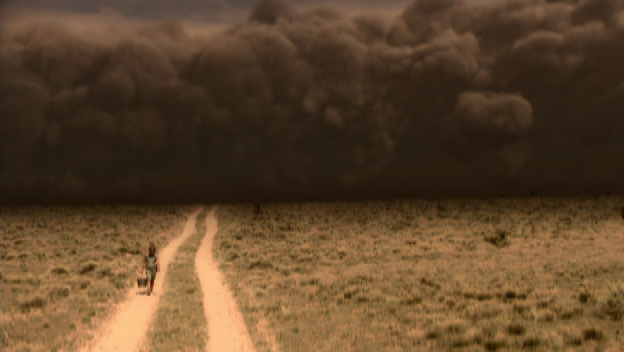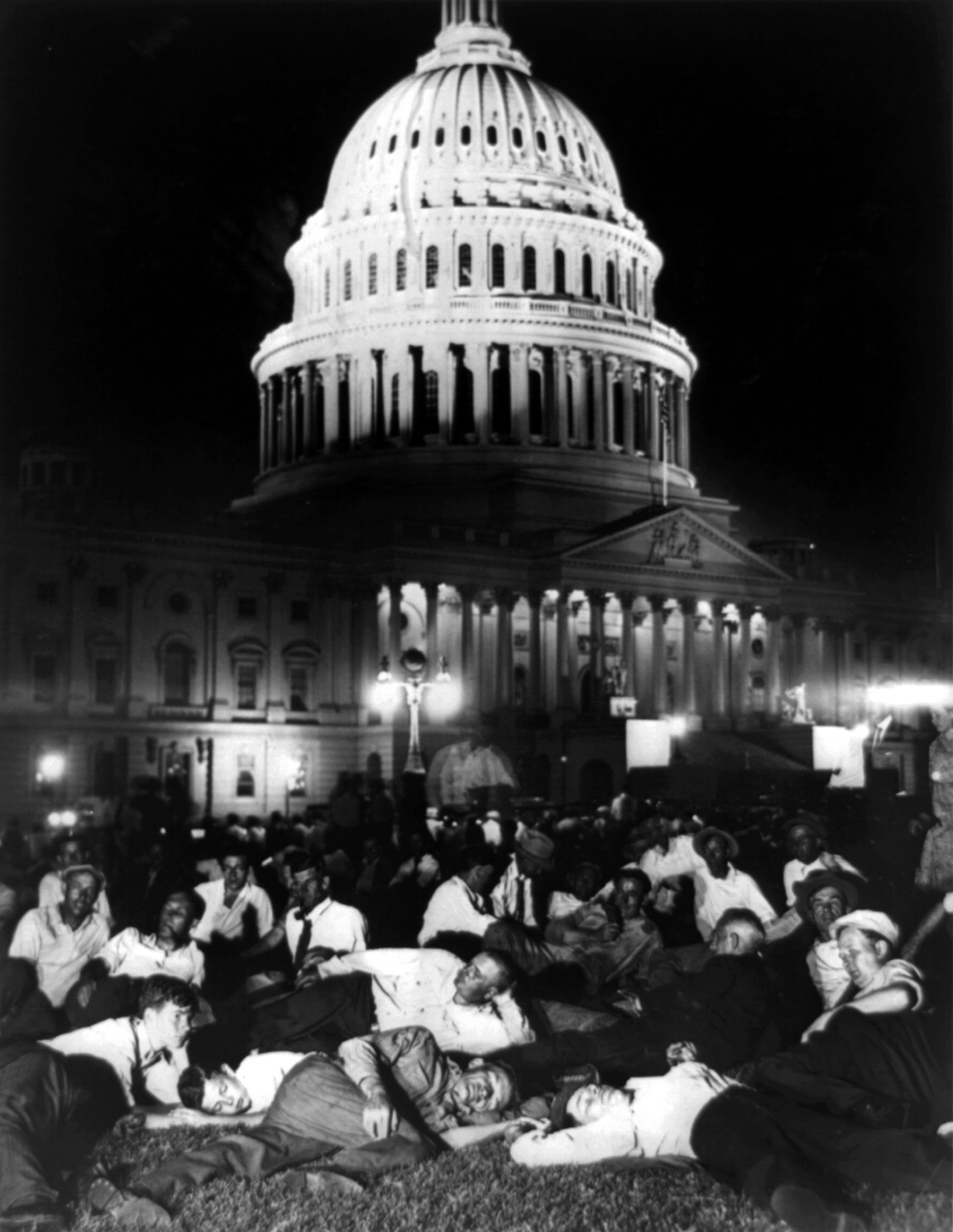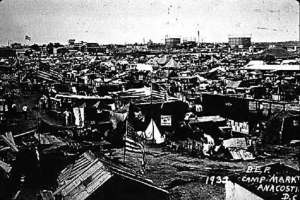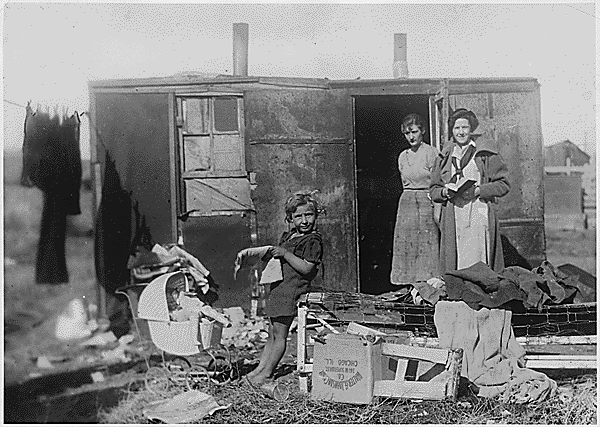“The Dirty Thirties” takes place within the context of the Great Depression. During the 1930s, winds stripped the soil from the dry drought-stricken fields of Texas, Oklahoma, Kansas, Colorado, and New Mexico. This area was called, “The Dust Bowl.”
“Brown earth rained down from sky. I could not catch my breath the way the dust pressed on my chest and wouldn’t stop. The dirt blew down so thick it scratched my eyes and stung my tender skin; it plugged my nose and filled inside my mouth. No matter how I pressed my lips together, the dust made muddy tracks across my tongue.”
World War I pumped new life into the United States economy as the war required the ramping up of agricultural production and manufacturing in the United States. Unemployment numbers fell greatly between 1920 and 1929. The U.S. replaced Russia as a global agricultural supplier and the prices for grain rose to an all-time high.

Agricultural workers on the Great Plains, specifically in south eastern Colorado, Texas, New Mexico, Kansas, and Oklahoma, began taking out loans to buy more land and the latest farming equipment.
Farmers, using tractors, could plant and harvest an acre in three hours instead of the three days it took by hand with manual labor, converting millions of acres of native grassland, previously used for grazing, into wheat fields to keep up with the rising demand.

Following WWI, there was a steep decline in demand for goods. Industries struggled and the price of crops dropped by as much as 40%. To compensate for the price drop, farmers grew more crops—but instead of bringing in revenue, it further depressed the market, lowering the price of grain in 1929 from $3.00 to $0.40 per bushel.

Farmers who had taken out loans faced foreclosure. In fact, from 1929-1932, four million farms were lost to foreclosure. When Black Tuesday hit on October 29, 1929, the United States experienced a financial collapse that ushered in the Great Depression.

During the Great Depression, life in rural areas was not as difficult as urban areas because rural people could produce their own food. When the Great Plains drought struck in the 1930s, rural areas where people had plowed up the drought-resistant native grasses to grow grain were the next to suffer. The grain withered and died from lack of rain and the ground lay barren exposing 2-3 inches of nutrient rich topsoil to the elements.

The depletion of vegetation meant that no roots were left to stabilize the soil and resulted in the Dust Bowl. The topsoil was carried by the wind in dust storms that were deemed black blizzards because the dust was so thick it would blot out the sun.

The wind carried off an estimated total of 350 million tons of soil (enough top soil to fill enough dump trucks to circle the earth twice). When the worst black blizzard on record hit in 1934, towers of dust 10,000 feet high moved soil from Colorado, Texas, New Mexico, Kansas, and Oklahoma 1,500 miles east to the Atlantic Ocean.

An estimated twelve million pounds of soil or “dust” hit Chicago (four pounds of soil per citizen) during this one storm. Some ships out at sea in the Atlantic Ocean were left with a quarter inch of dust on their decks.

Topsoil was not the only thing leaving the Dust Bowl. Continual black blizzards contributed to the poverty of the people in the affected states and more than 2.5 million people fled the region—most taking Route 66 west. Nearly 10% of people fleeing the Dust Bowl relocated to California.

Franklin D. Roosevelt, (FDR) was aware of farmers suffering (30% of the population at that time were farmers) and the country’s struggle. When he took office in 1933 FDR had already assembled new policies that became known as the New Deal. New Deal programs included the AAA, CCC, PWA, and the SCS. The goal of these New Deal programs was to ensure that the country recovered economically as well as environmentally.
The Soil Conservation Service (SCS) was specifically implemented to reduce soil erosion and promote soil conservation to prevent another Dust Bowl.
Watch the following videos:
Comment on this blog. List five things you learned either from the videos, the blog text, or a combination of both.
Complete your worksheet on the Dust Bowl
and bring it to class in January. :)

.png)





















